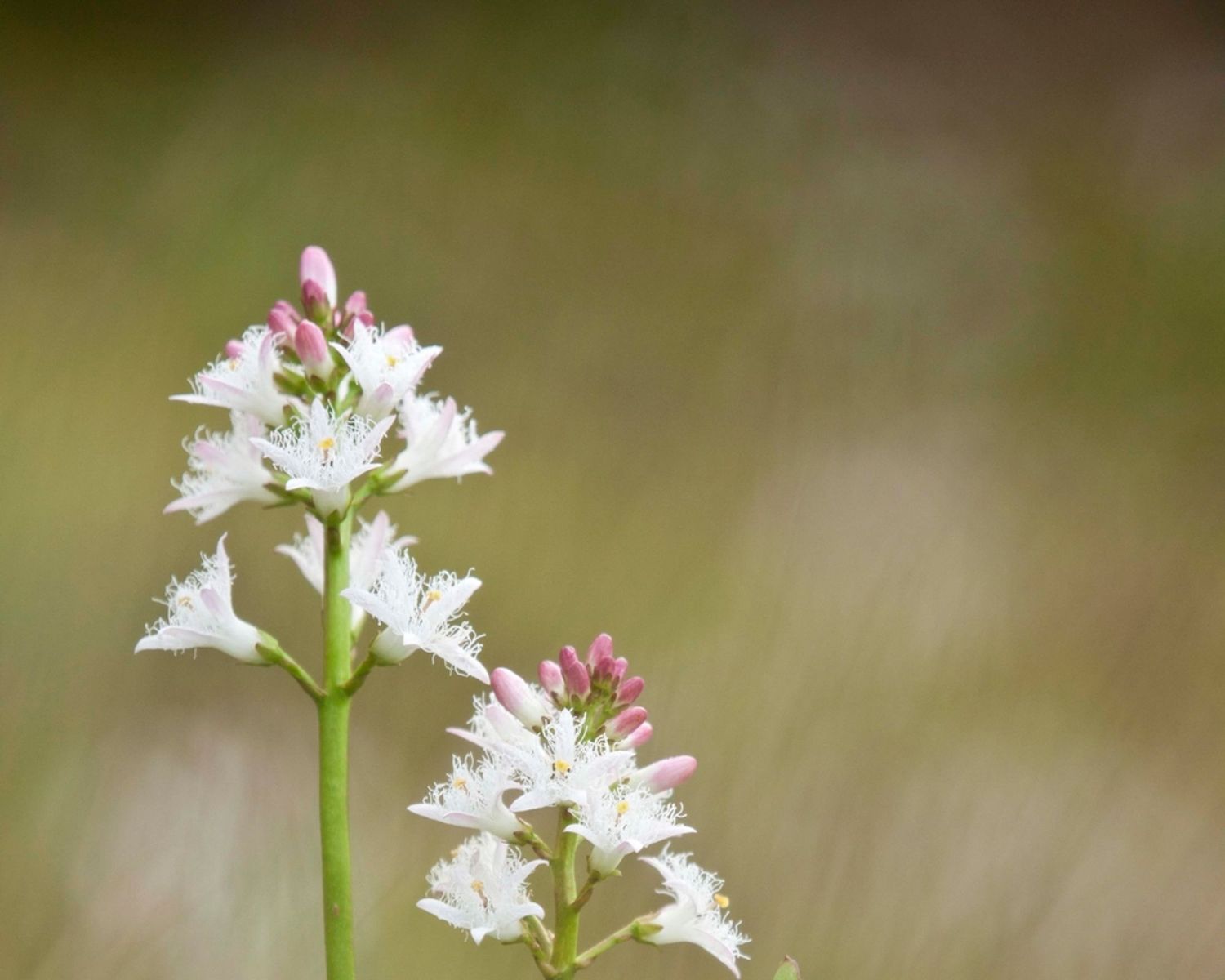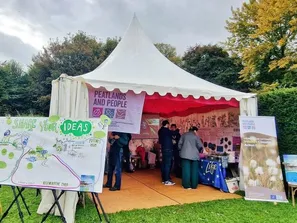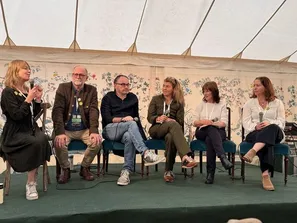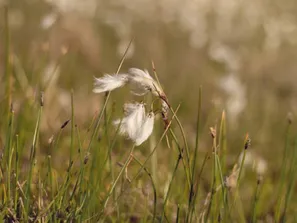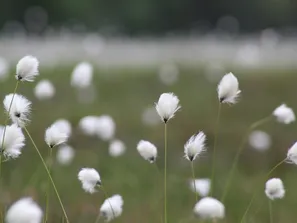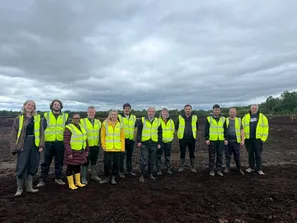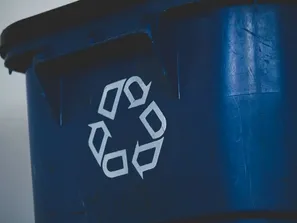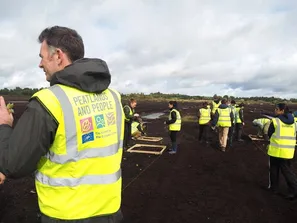20 May 2025
20th May 2025 - Happy World Pollinator Day!
We often think of pollinators in gardens and meadows—but Ireland’s peatlands are home to some of the most unique and overlooked pollinator plants. Habitats like blanket bogs, raised bogs and fens quietly support a web of life.
Today, we're celebrating some of the peatland plants that help our pollinators thrive.
Bog Asphodel (Narthecium ossifragum) is the golden star of the bog
Known in Irish as Sciollam na moná, the star-shaped flowers of bog asphodel attract bees and flies, offering a crucial nectar source in nutrient-poor landscapes. Despite its delicate look, it thrives in harsh, acidic soils.
- Pollinators: Bees, hoverflies
- Bloom time: June–August

The starry flowers of bog asphodel lights up Ireland's peatlands in the summer. Photo from the Wildlife Trusts.
Bogbean (Menyanthes trifoliata) floats elegantly in shallow peatland pools
Bogbean, or Bearnán lachan, is a pretty plant that loves to get its feet wet! Native and perennial, the bog bean produces frilly, star-shaped white flowers and can be found in bog pools, fens, and slow-flowing water like canals.
- Pollinators: Bees, hoverflies
- Bloom time: March-June
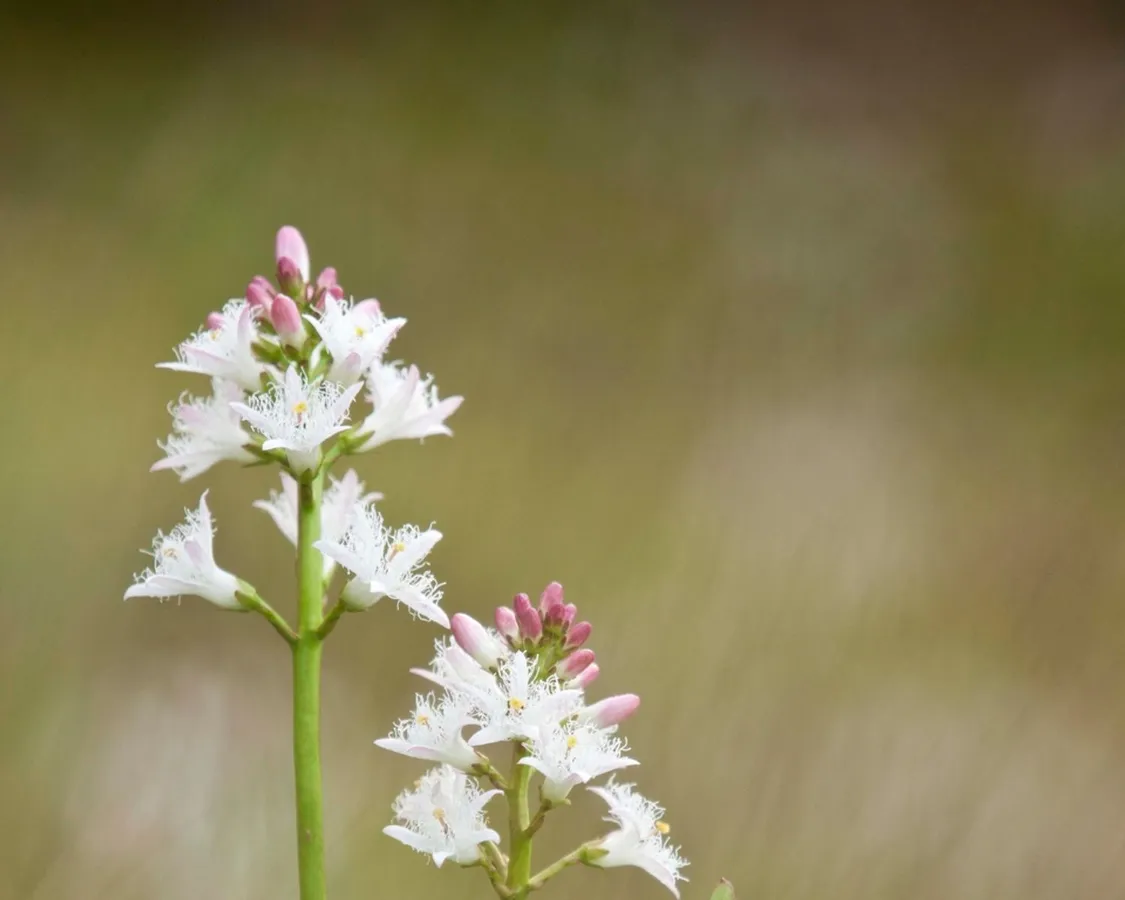
Bogbean produces frilly, star-shaped white flowers that look too elegant for a bog! Photo from the Wildlife Trusts.
Butterworts (Pinguicula spp.) – Pretty & Predatory
The common butterwort, bodán meascáin, is known to prey on insects, but it also feeds pollinators. These purple-flowered carnivores trap insects on sticky leaves for nutrients but rely on other insects to spread their pollen.
- Pollinators: Flies, small solitary bees
- Bloom time: May-August
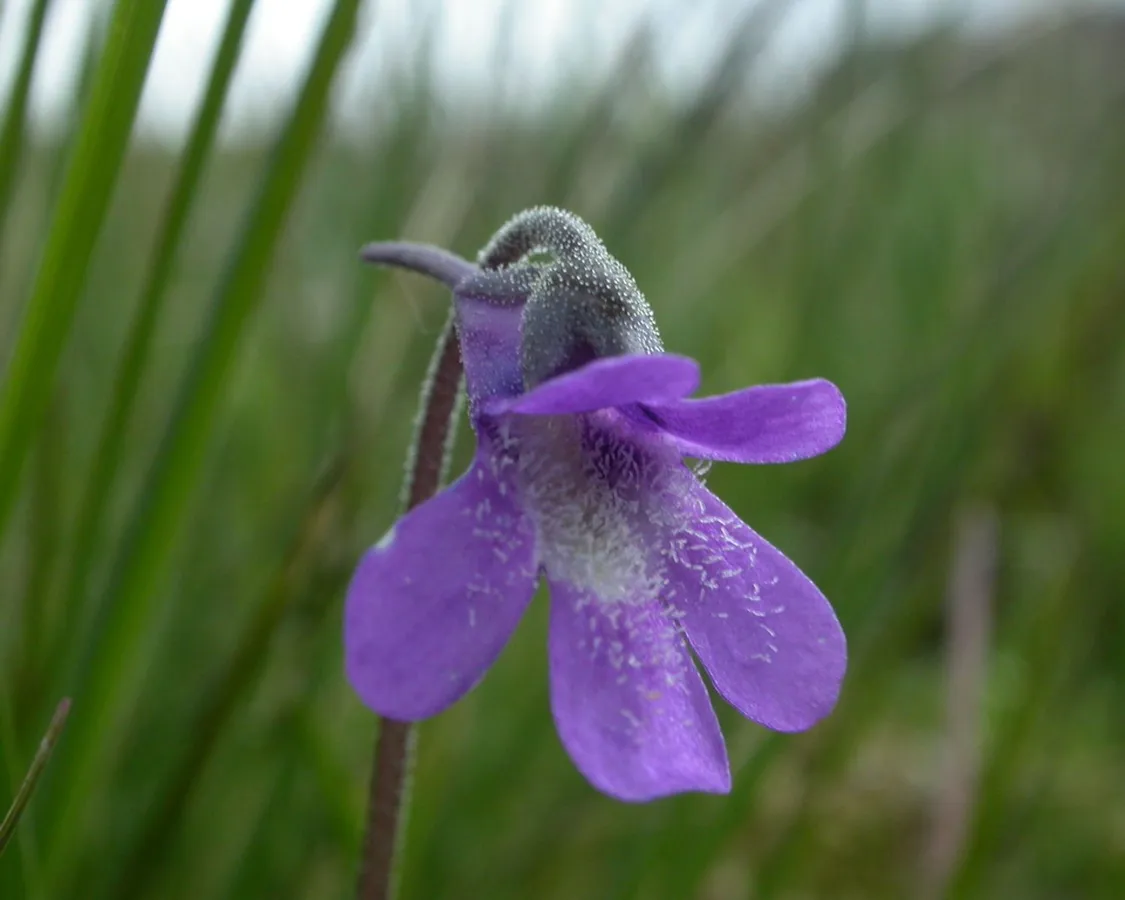
The butterworts bright purple flowers are beautiful, but that doesn't make it any less dangerous for insects! Photo by Philip Precey (sourced from the Wildlife Trusts).
